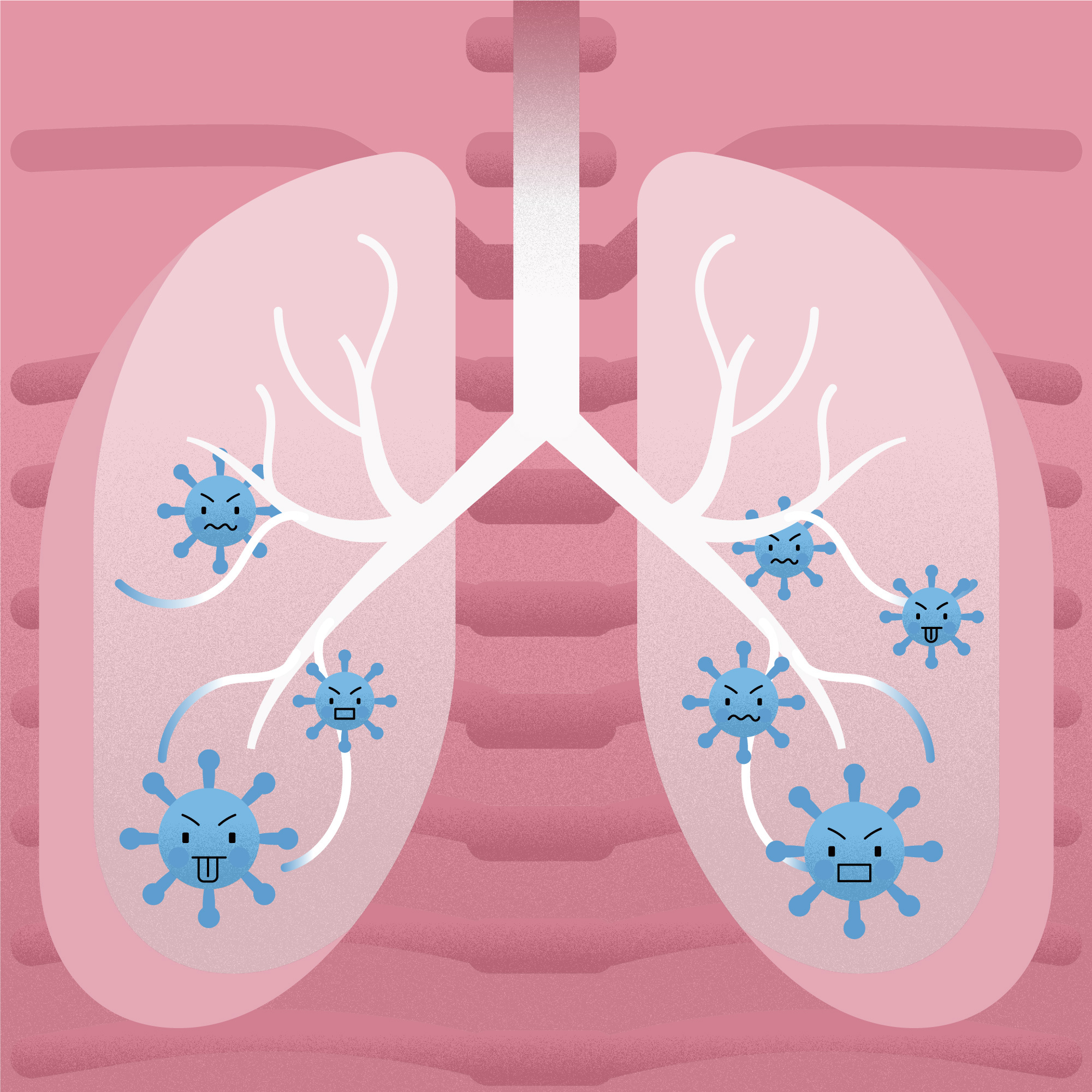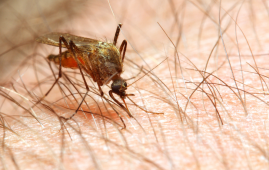

A lung infection known as pneumonia is brought on by bacteria, viruses, or fungi. It is one of the main global causes of illness and mortality, posing a medical, financial, and public health challenge. Different niches are colonized by the microbiome of the human respiratory tract.
Scientists are interested in the respiratory tract microbiome because it promotes immunological function and guards against pathogen infection, which benefits human health. The microbiome composition, pathogen load, and clinical interventions all have an impact on how severe Legionella pneumophila-related bacterial pneumonia is, according to research from the Institut Pasteur and the CNRS.
The journal Cell Reports Medicine published the findings.
This study examined the diversity and makeup of the respiratory tract microbiome (bacteria, archaea, fungi, and protozoa) in patients with pneumonia brought on by the intracellular bacterial pathogen Legionella pneumophila for the duration of their hospitalization. The study was conducted by researchers from the Biology of Intracellular Bacteria Unit at the Institut Pasteur under the direction of Carmen Buchrieser.
Legionnaires’ disease, a severe form of pneumonia caused by L. pneumophila, can be acquired by breathing in infected aerosols from artificial water sources such showers, hot tubs, or air conditioning units. Depending on the clinical setting and the area, the mortality rate for legionnaires’ disease ranges from 5% to 40%. Old age, existing lung diseases, smoking, and immunosuppression are risk factors, and around two thirds of reported cases involve men.
In the European Union, there were confirmed cases of legionnaires’ disease in 4,693 cases in 2005 and 10,004 cases in 2021, a rise of 113%. Climate change, which has led to warmer water temperatures and more frequent and strong floods that enable Legionella to multiply more quickly and enter human surroundings, may be one of the causes of this significant increase.
The research team used a quantification strategy in conjunction with high-throughput bacterial, archaeal, and fungal marker gene sequencing to describe how the respiratory tract microbiome changed in patients over the course of an infection and as a result of hospital-related interventions (like mechanical ventilation and antibiotic administration).
38 hospitalized patients with pneumonia brought on by Legionella pneumophila were studied as a special cohort.
“We discovered complex microbiome dynamics, where commensal and pathogenic microorganisms coexist, and the equilibrium among their abundance drives the microbiome to recovery or dysbiosis,” explains Carmen Buchrieser, lead author of the study and Head of the Institut Pasteur’s Biology of Intracellular Bacteria Unit. The scientists observed that early in hospitalization, microbiome diversity decreased and the pathogen L. pneumophila was killed by the antibiotic treatment.
However, other opportunistic species, frequently resistant to antibiotics, quickly seized the vacant niche. This is a feature that should be taken into account in preventative methods for secondary infections. The lowest diversity and pathogen enrichment were found in the respiratory tract microbiomes with the largest bacterial and fungal loads, suggesting that high biomass could be a biomarker for secondary and/or co-infections.
Finally, the researchers demonstrated a correlation between Legionella biomass and disease severity and comorbidities, indicating that pathogen quantification has to be a part of patient monitoring. Clinical interventions like mechanical ventilation or the use of specific antibiotics have an impact on the microbiome’s composition and, consequently, the course of a disease.
“In this study we also discovered that fungi, archaea and protozoa may be resident and not merely transitory in the respiratory tract of hospitalized patients and that they might contribute to pneumonia progression. This requires further investigation. Our research therefore shows that the interaction between respiratory tract microbiome equilibrium, pathogen load dynamics and clinical interventions plays a crucial role in the recovery of patients with pneumonia,” concludes Carmen Buchrieser.
more recommended stories
 How Soybean Oil Impacts Weight Gain and Metabolism
How Soybean Oil Impacts Weight Gain and MetabolismWhy Soybean Oil May Affect Metabolism.
 New Malaria Prevention Insights From African Biostatistics
New Malaria Prevention Insights From African BiostatisticsHow New Data Is Reframing Malaria.
 Coffee and Cognitive Function: Evidence Review
Coffee and Cognitive Function: Evidence ReviewA new narrative review in Cureus.
 World Summit Outlines Core Principles for Healthy Longevity
World Summit Outlines Core Principles for Healthy LongevityWhy Healthy Longevity Demands a New.
 Colorectal Cancer Screening Rates Low in Adults 45–49
Colorectal Cancer Screening Rates Low in Adults 45–49Recent UCLA research reveals that colorectal.
 Gut Immune Cells and Long-Lasting Antiviral Protection.
Gut Immune Cells and Long-Lasting Antiviral Protection.Breakthrough Findings on How Gut Immune.
 Mild Pancreatic Duct Dilatation Signals Higher Cancer Risk
Mild Pancreatic Duct Dilatation Signals Higher Cancer RiskEarly Structural Changes Offer Critical Clues.
 How the Uterus Senses Force During Labor: New Insights
How the Uterus Senses Force During Labor: New InsightsA new study published in Science.
 Fat-Free Mass and Brain Outcomes in Preterm Babies
Fat-Free Mass and Brain Outcomes in Preterm BabiesEarly Fat-Free Mass May Hold the.
 How Hormones Shape Dopamine-Driven Learning
How Hormones Shape Dopamine-Driven LearningNYU Study on Hormones and Cognitive.

Leave a Comment